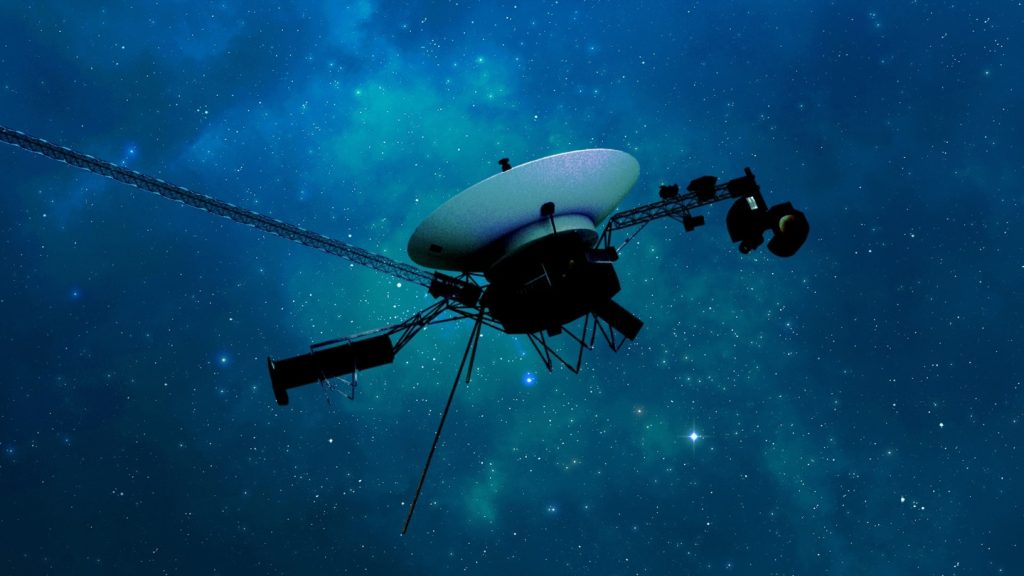After months of troubleshooting and suspense, Voyager 1 is once again communicating with Earth thanks to NASA scientists who successfully reestablished communication after the probe began transmitting garbled data in November. New flight software was uploaded to work around a chunk of onboard computer memory that had failed, allowing scientists to receive data about the spacecraft’s health. There is hope that the science instruments will also start transmitting data again soon, providing valuable insights for the ongoing exploration of interstellar space.
Launched in 1977, Voyager 1 and its twin Voyager 2 have been exploring interstellar space after briefly visiting Jupiter and Saturn. Voyager 1 is a record-breaking spacecraft and the longest-operating space probe tasked with studying solar particles and cosmic rays. It has been monitoring the changes in the sun’s magnetic field and the density of plasma beyond the solar system, providing critical information about the outer reaches of the sun’s influence. The goal is to keep Voyager going as long as possible to continue capturing data on these changes.
Voyager 1 and 2 made history by crossing the heliopause, marking the outer boundary of the sun’s magnetic field and the solar wind. Since then, the science team has made surprising findings about the heliosphere and the dynamic environment of interstellar space. The data collected by Voyager continues to challenge previous theories about the nature of the space beyond the heliopause. Even though other missions are now contributing to solar physics research, the long-term data from the Voyager probes remains essential for understanding the complexities of interstellar space.
The data from Voyager has shown that the solar magnetic field and charged particles continue to have a significant impact beyond the heliopause, contrary to some expectations of a serene environment. The probes have been passing through waves of charged particles, revealing the ongoing influence of the sun’s magnetic field in interstellar space. The observations of ripples in the solar field and the formation of bubbles at the edge of the solar system have enhanced our understanding of the dynamic nature of this region. Collaborations between Voyager missions and other space probes like the Interstellar Boundary Explorer and the Interstellar Mapping and Acceleration Probe have furthered these discoveries.
The longevity of the Voyager probes is remarkable, but their power supply is dwindling, leading to the eventual shutdown of some instruments to conserve energy for the essential functions. With limited resources, Voyager 1’s days of collecting science data are numbered, emphasizing the need to maintain and care for this iconic spacecraft. The valuable data collected by Voyager over the years has provided unprecedented insights into the mysteries of interstellar space, which will continue to inform future missions and discoveries in space exploration. NASA’s ongoing efforts to preserve and prolong the mission of Voyager 1 highlight the significance of this spacecraft in our understanding of the cosmos.


